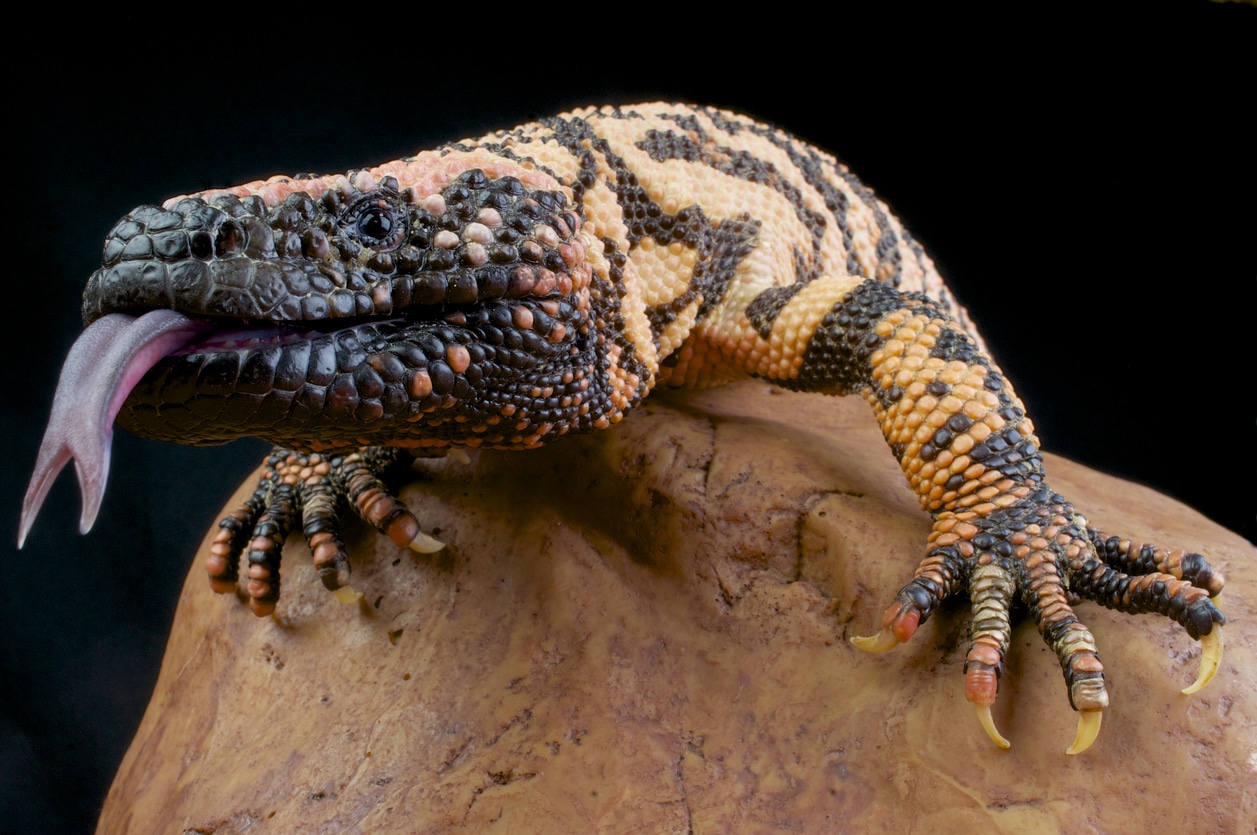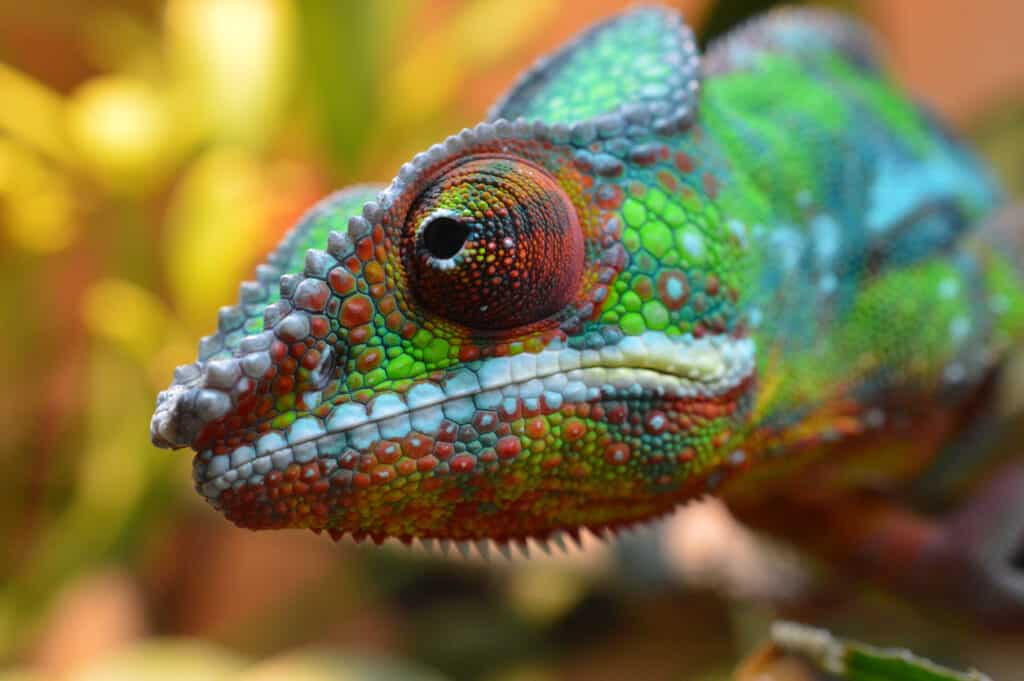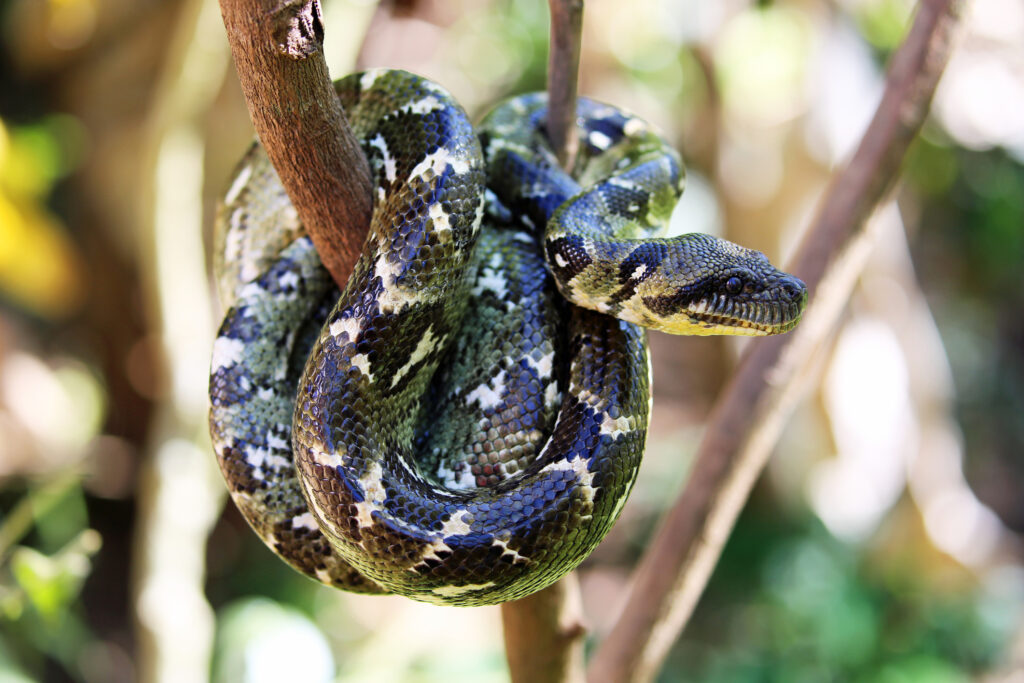6 Types of Reptiles You’ll Find at Blue Planet Aquarium
All reptiles fall under the order Reptilia, which is then split into a further four main orders, which is where more specific distinctions are considered.
The main categories are:
- Testudines, which includes turtles, tortoises, and terrapins.
- Crocodilia, which includes alligators and crocodiles.
- Squamata, which includes most lizards and snakes.
- Rhynchocephala, which includes only one species, the tuatara.
Despite having their clear differences, all of these animals are linked by their internal backbone, having scaly skin and usually laying eggs, although viviparous (giving birth to live young) exceptions exist.
Find our reptiles at Blue Planet Aquarium
Blue Planet Aquarium is home to a wide range of reptiles, but as we’ve already discussed reptiles aren’t all the same, and so need different environments. To cater for this, at Blue Planet Aquarium we’ve designed enclosures that accurately replicate the natural environments these reptiles would live in the wild.
Venom
Venom is our exhibit dedicated to – you guessed it – venomous animals, including lionfish, golden poison frogs, and a goliath bird-eating tarantula! This exhibit doesn’t mimic a specific part of the world, but caters individual sections to the 17 species we have in Venom.
Lake Malawi
The real Lake Malawi is in Africa, but we’ve expertly replicated this habitat for our over 3000 animals that swim in the Lake Malawi exhibit. You’ll be able to discover a great number of different species here, including Clyde the turtle!
Frog Zone
The Frog Zone isn’t just home to frogs, but also reptiles such as the yellow-headed day gecko and the Madagascar tree boa. This warm exhibit is home to 15 species of animals, replicating the humidity and heat of a tropical rainforest.
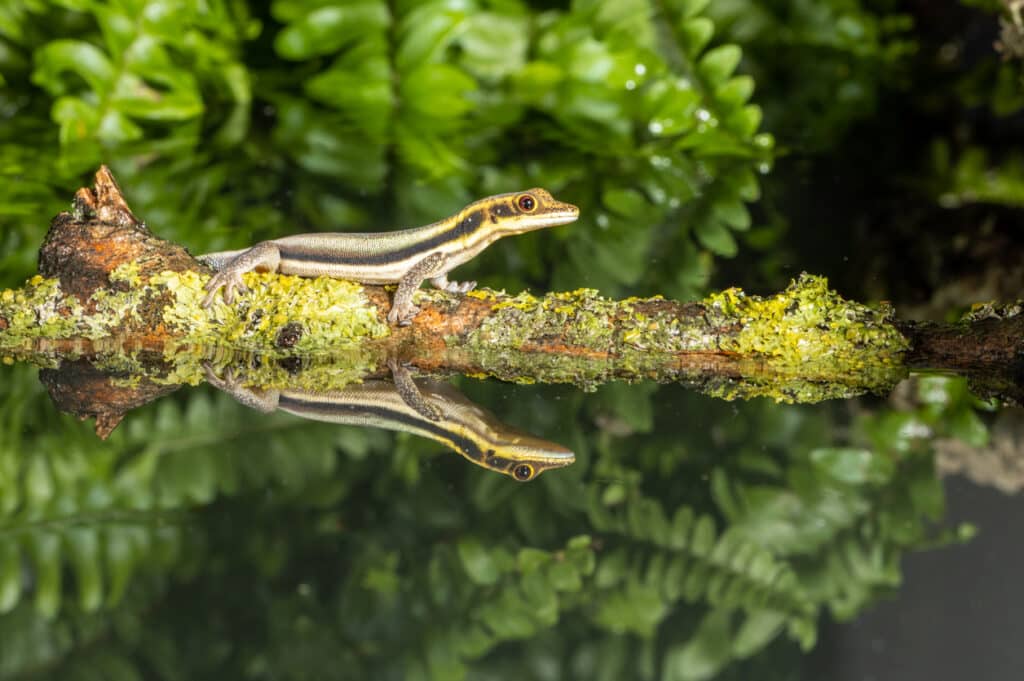
Flooded Forest
Rainforests are very diverse areas, so we needed more than one exhibit to do them justice. The Flooded Forest exhibit focuses more on the water-dwelling animals of the rainforest with warm waters exceeding 25 degrees! Species in this exhibit include Chinese crocodile lizards and a boa constrictor.
Caiman Crocodiles
Specialising in the housing of Crocodilia, Caiman Crocodiles – caimans aren’t crocodiles, can this be called caiman corner? is home to our Cuvier’s dwarf caiman as well as a Geoffroy’s side-necked turtle, making it an ideal destination for all reptile lovers.
Introducing our reptiles
Now that we’ve talked about the exhibits, let’s explore the animals that really make these exhibits pop!
Gila monster
A vibrant reptile with black and orange markings and a distinctive thick tail. The gila monster (Heloderma suspectum) is among one of only a handful of venomous lizards in the world, meaning that you don’t want to get on the wrong side of it if you ever stumble upon it in the western USA.
Panther chameleon
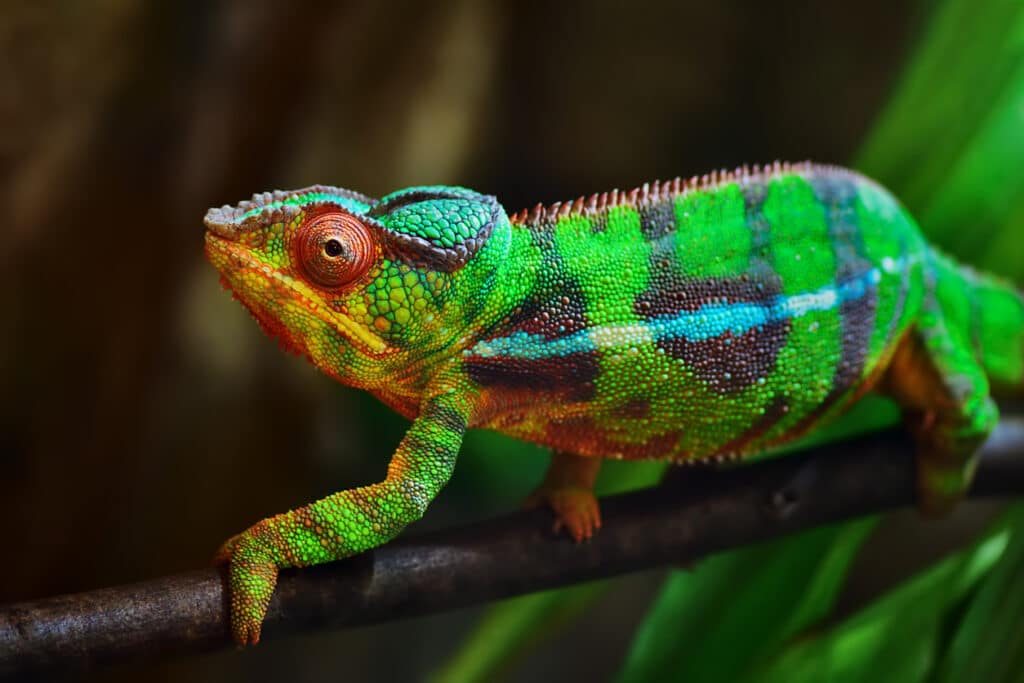
The beautiful panther chameleon (Furcifer pardalis) is a gentle reptile known for its incredibly bright colours and three-fingered appendages. Found only in Madagascar, we’re incredibly lucky to have a panther chameleon in Blue Planet Aquarium where they feed on insects using their fast-moving tongue.
Chinese crocodile lizard
A Chinese crocodile lizard (Shinisaurus crocodilurus) is so named because of their strong tails resembling that of a small crocodile. Native to Southern China and Vietnam, this small lizard is known to live up to 10 years in captivity, but its exact lifespan in the wild is unknown.
Boa constrictor
A formidable and beautiful snake native to tropical South America, the boa constrictor (Boa constrictor) It was originally thought that the snakes killed their prey by cutting off its air supply and suffocating the animals. But more recent research has shown that instead the snakes cut off the blood supply to organs including the heart and brain, causing rapid unconsciousness then swallowing the prey whole. This huge snake can reach up to 3 metres in length while only weighing 15kg.
Cuvier’s dwarf caiman
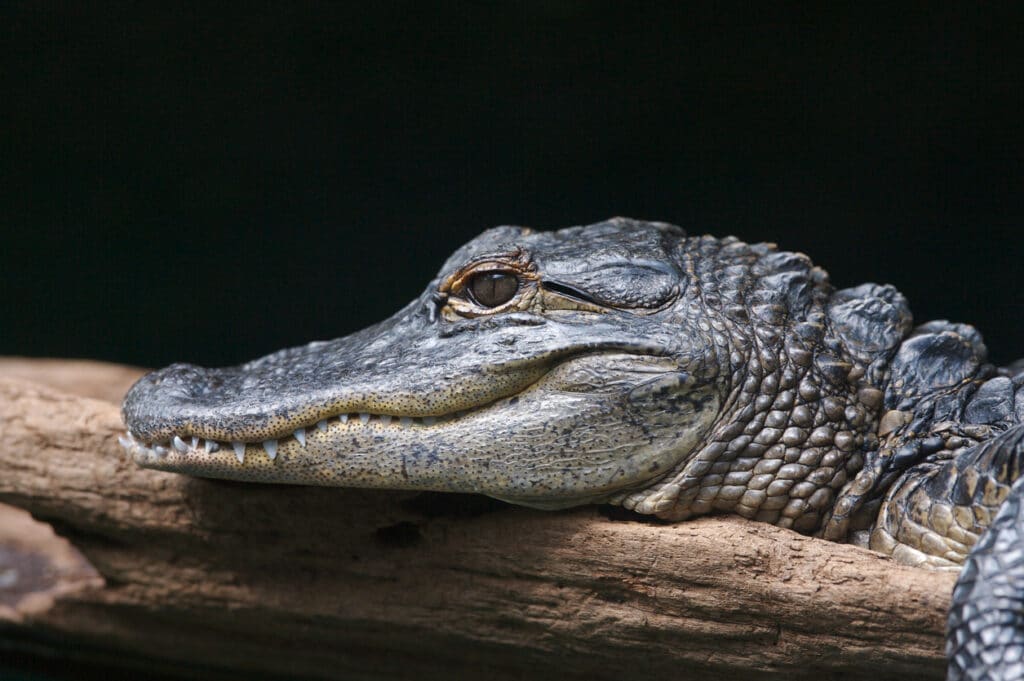
The Cuvier’s dwarf caiman (Paleosuchus palpebrosus) is the smallest Crocodilian in the world . Having said that, adult males are still able to reach up to 1.6 metres in length and with a frightening set of teeth, they’re no less dangerous than their larger cousins. They survive on a diet of small fish, mammals, amphibians as well as invertebrates such as shellfish in the wild throughout South America
After hearing about all of the wonderful reptiles that we have at Blue Planet Aquarium, you’re probably excited to get your tickets booked to see them up close! There’s no time like the present to get your tickets booked so that you can continue your reptilian adventure!
